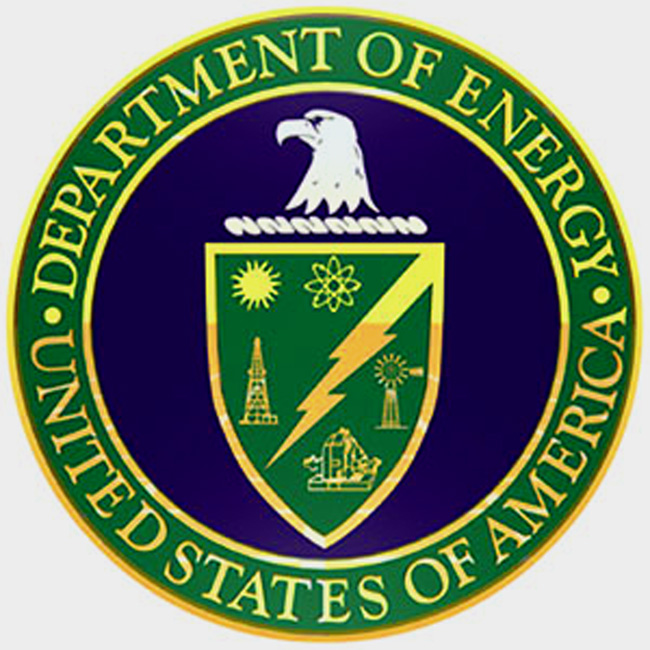|
Prof. Rupak Mahapatra, Principal Investigator
I am a high energy particle physicist, with passion to build particle detectors, design their hardware/software readout and analyze the resulting data. My experience includes building large-scale detectors, such as the CsI End-Cap calorimeters on CLEOIII (for my PhD work), to small-scale detectors for the SuperCDMS and MINER experiments. I started the SuperCDMS group at Texas A&M university 15 years ago and have grown it to three PIs (Mahapatra, Toback and Mirabolfathi) with almost a million dollar funding per year, from DOE/NSF project, DOE base, DOE Detector R&D, DOE NNSA and other sources. I also conceived and founded the MINER reactor neutrino experiment that aims to be the first reactor-based experiment to detect tiny recoils from Coherent Elastic Neutrino Nucleus Scatterings (CENNS) using our low-threshold cryogenic detectors. I am the spokesperson of the MINER collaboration that includes more than a dozen universities from the US, Canada, India and Japan. I have also initiated several experimental demonstrators, such as the first demonstration of a Magnetic Avalanche Detector using Single-Molecule Magnets (SMM), which has been continuously funded by DOE Detector R&D frontier. Our CsI-based ALP search demonstrator (200-kg) is breaking new grounds at both the reactor-based search as well as the radioactive nuclear cascade search. This project is funded by LANL and the prototype is in the process of being commissioned at LANL for a beam-based search for ALPs (sister experiment of CCM), with plans for a multi-ton CsI upgrade. I feel fortunate to have experienced experimental particle physics from both a large scale (CLEO) and a small scale (SuperCDMS) and have realized that the impact of the physics result is more important than the size of the experiment!
|
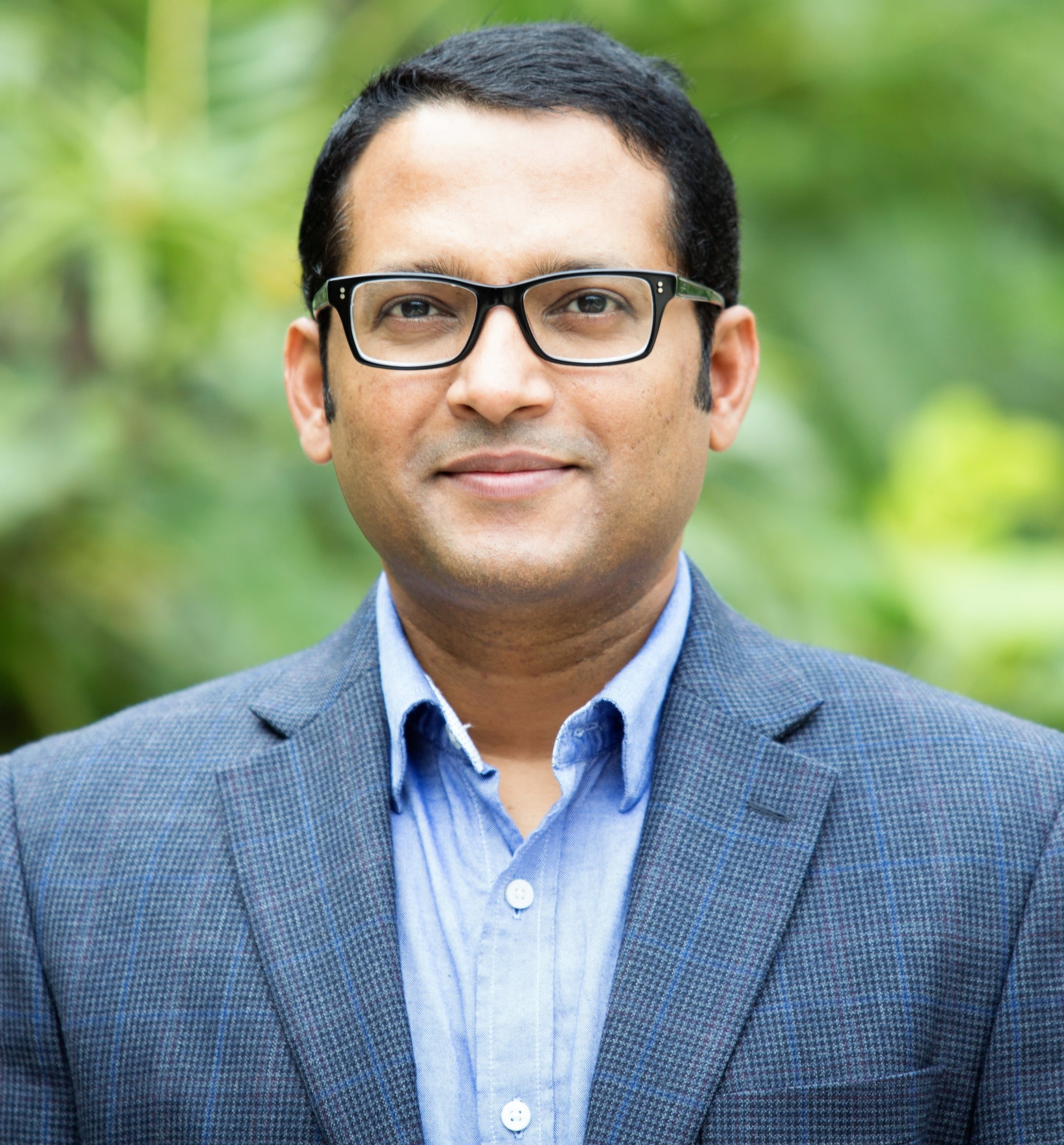 |
|
Mark Platt, Senior Research Instrumentation Specialist
Mark is an electronics/automation engineer with more than 25 years of experience in semiconductor industry and 15 years of experience in academic research environment. He is an expert in re-engineering and automating ultra high vacuum equipments used in fabrication, such as PVDs and CVDs. He manages our dedicated fabrication facility and performs commissioning, operating and maintaining fabrication tools in our labs. Mark fabricated the first tower of iZIP detectors for the SuperCDMS SNOLAB experiment. Mark has been a key member in the group for the past 15 years, and has been funded through SuperCDMS project, MINER project, SPICE/HERALD project and a multitude of DOE Detector R&D projects (Hybrid, SMM, HVeV, Active Cryogenic Veto, etc).
|
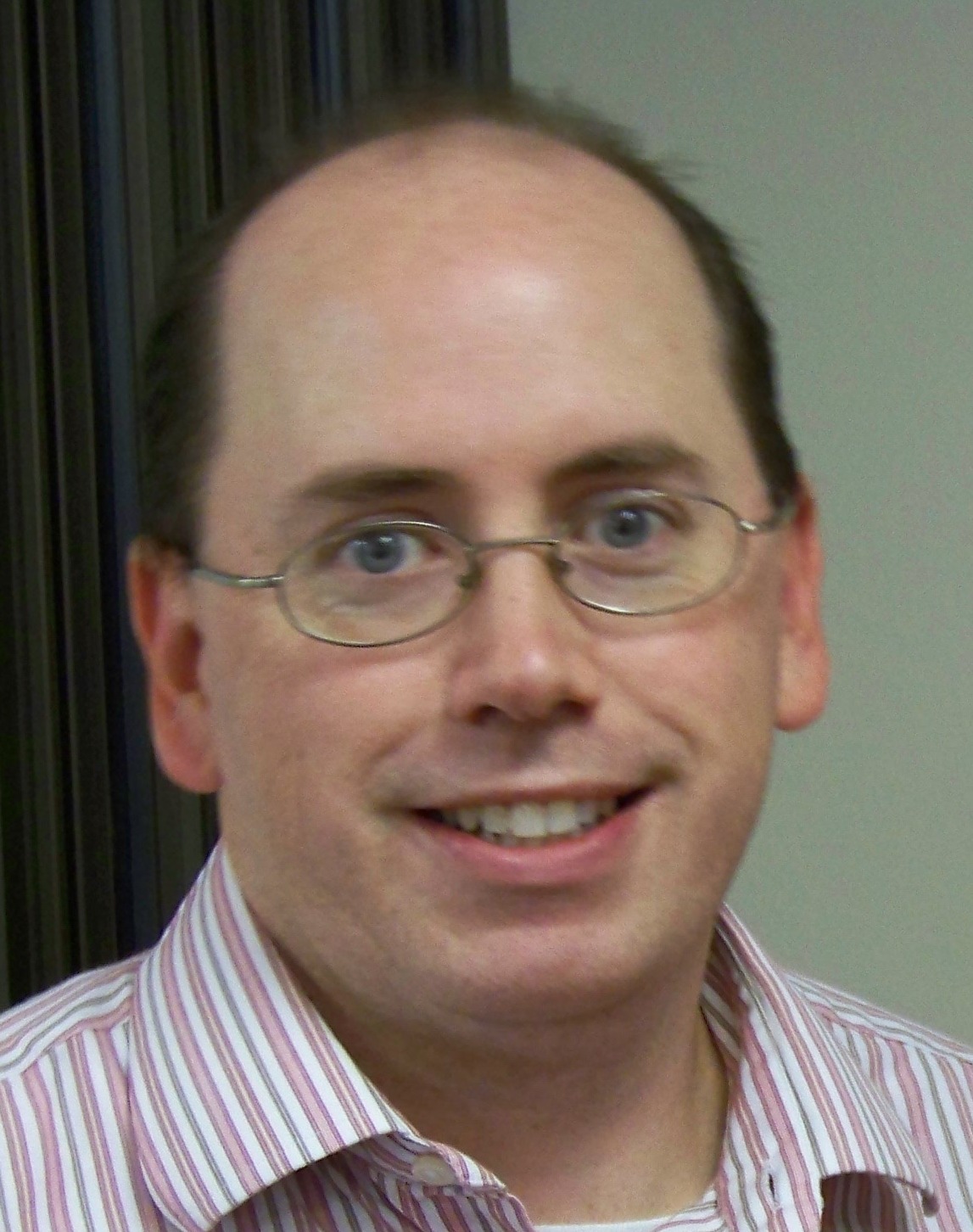 |
|
Jing-han Chen, Graduate Student
Jing (3rd year) completed his BS and MS degrees in Taiwan. he works full-time on the SuperCDMS collaboration. He has experience in cryogenic operations, detector fabrication, detector characterization and data analysis. Currently, he is helping commission the SuperCDMS experiment in SNOLAB and is analyzing test facility data from various SuperCDMS sites, including CUTE@SNOLAB and SLAC. Jing is funded by DOE HEP.
|
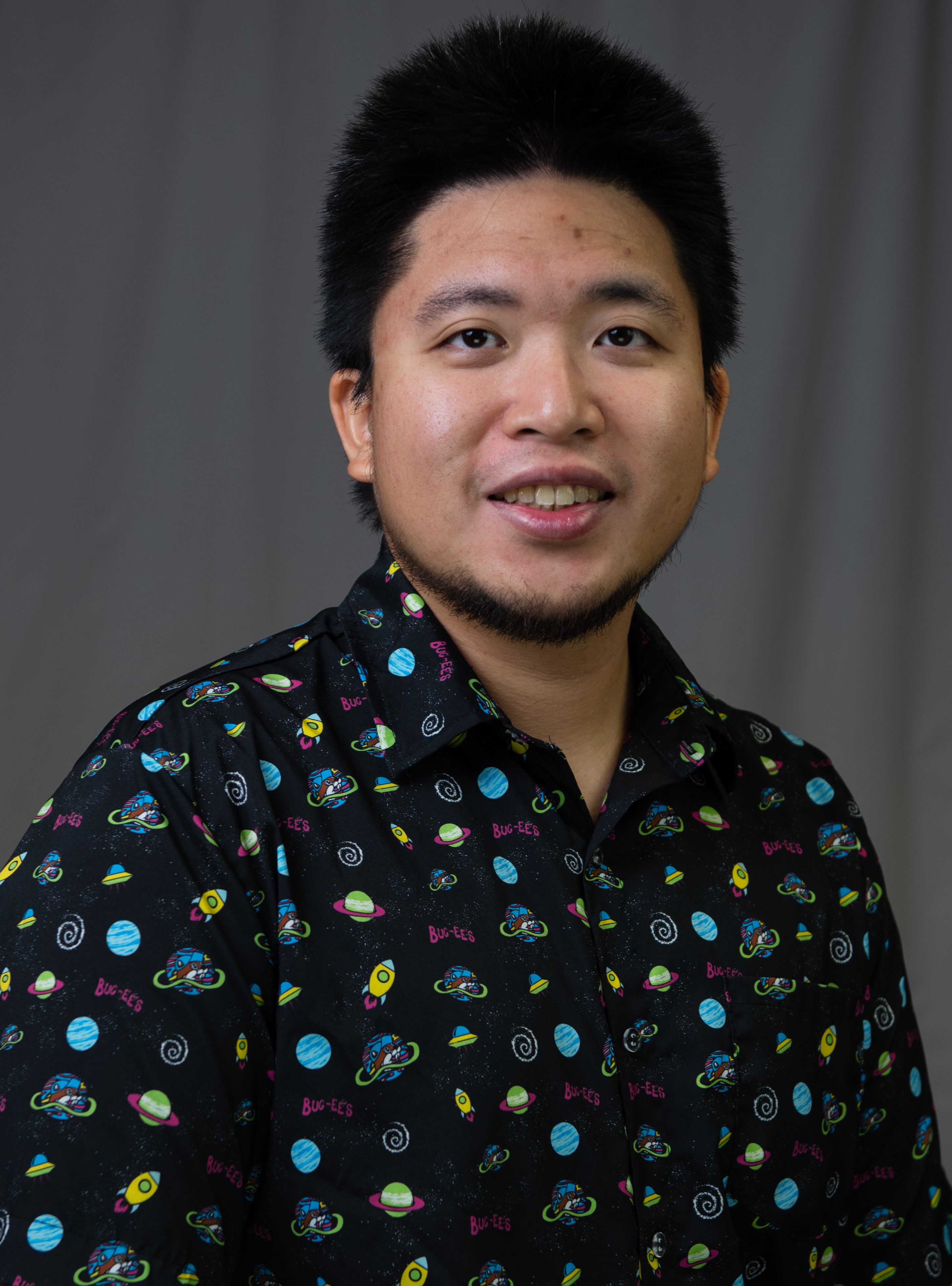 |
|
Bailey Pickard, Graduate Student
Bailey (2nd year) completed her BS from Texas A&M University. She works on DOE Detector R&D funded Single-Molecule Magnet (SMM) research as well as new initiatives in Superconducting Nanowire Single Photon Detectors (SNPSD). Bailey has been funded by Sandia National Lab on a LDRD fellowship to work on Meissner devices, as well as by DOE Detector R&D funding for SMM.
|
 |
|
Mahdi Mirzakhani, Graduate Student
Mahdi (2nd year) completed his BS from Iran. He works on the SuperCDMS experiment on data analysis tasks. Mahdi is currently learning the Bluefors cryogenic system we use for detector characterization. Mahdi is also working on a prototype strip-PET scanner that aims to utilize particle physics techniques of energy and timing to produce a significantly cheaper PET scanner capable of being integrated inside a MRI scanner. Mahdi is currently funded through internal funds.
|
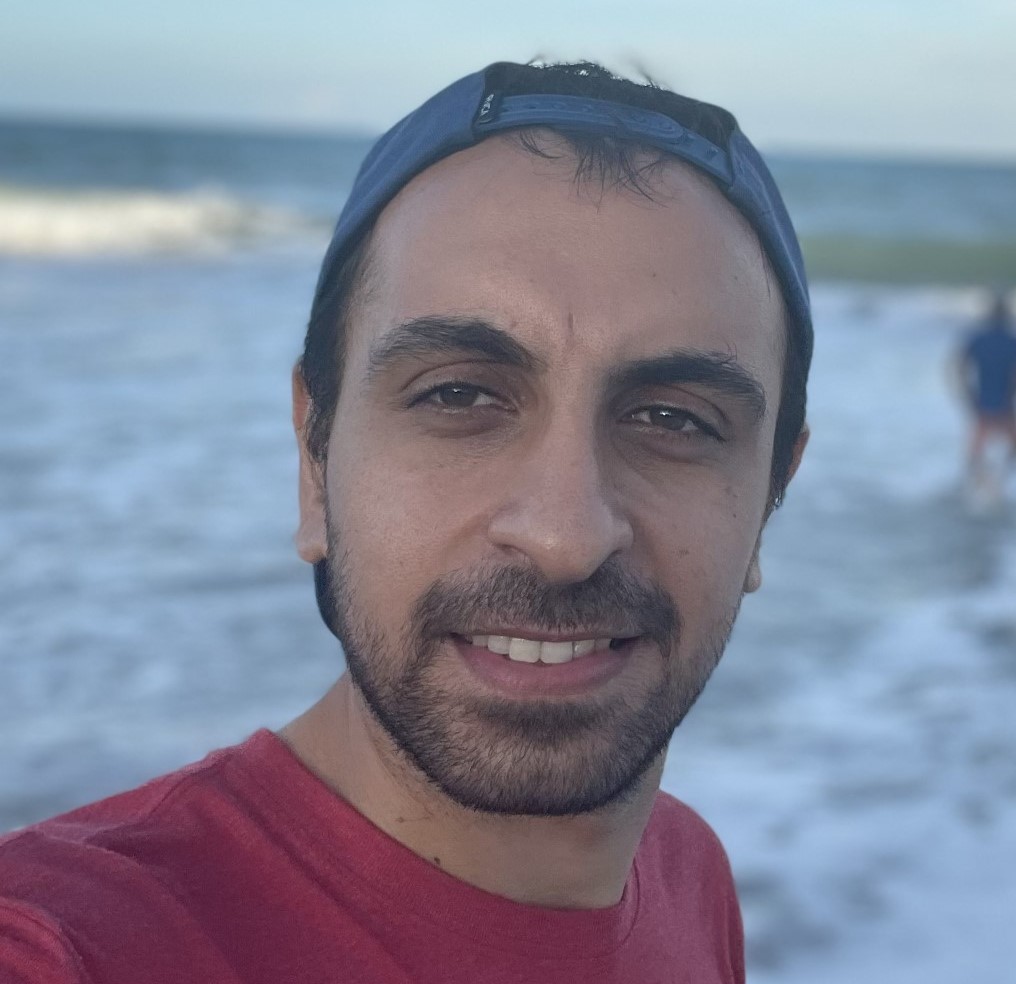 |
|
Keith Hunter, Graduate Student
Keith (2nd year) graduated from Brigham Young University-Idaho in 2022 with a BS in Physics and is currently pursuing a PhD in Applied Physics. His primary focus is on semiconductor detector design and fabrication, including new process development, such as lift-off process to fabricate sensors on chemical-sensitive crystals. Keith is funded by DOE Detector R&D funding for our Hybrid detector.
|
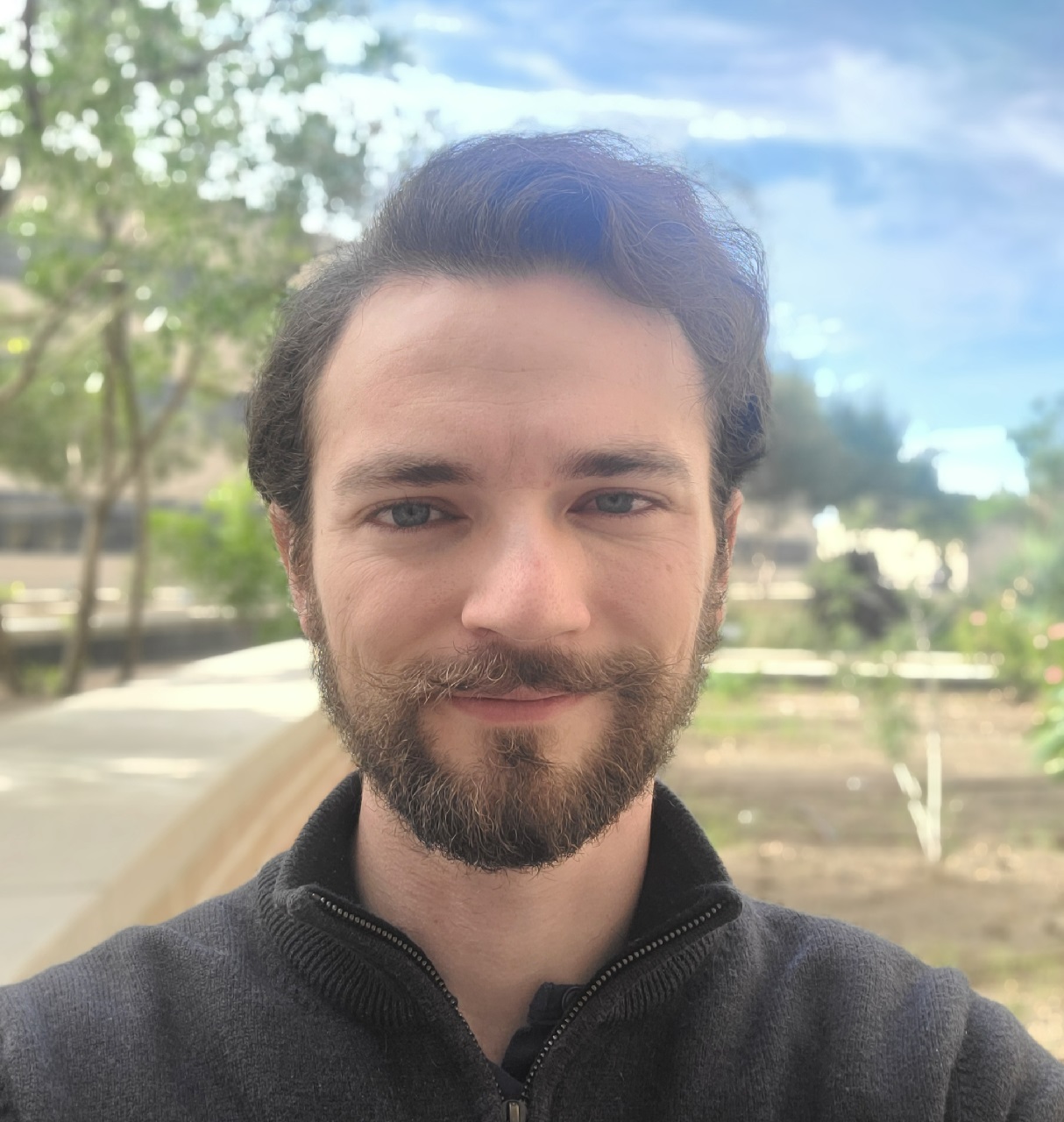 |
|
Dylan Monteiro, Graduate Student
Dylan (1st year) completed his BS from Penn State, where he worked on design and sensitivity predictions for the PUEO experiment. Receiving the Aviles-Johnson Fellowship from A&M, he started research with the Mahapatra group in his first semester. He is interested in particle detector R&D. His efforts are focused on analyzing data from the SuperCDMS experiment, characterizing the performance of current detectors, and upgrading the design of a new hybrid detector technology.
|
 |
|
Previous Postdocs
- Dr. Joel Sander (2010-2013): Currently an Associate Professor at USD
- Dr. Andy Kubik (2014-2020): Currently a Research Scientist at SNOLAB
- Dr. Ting Lin (2020-2022): Currently a scientist on LZ
- Dr. Andrew Jastram (2016-2021): Currently a scientist at Texas A&M University.
Previous Graduate Students
- Kunj Prasad
- Andrew Jastram
- Kris Koch
- Arun Aryasomayajula
- Zachary Wetzell
- Richard Beck
- Hao Chen
- Himangshu Neog
- Shubham Verma
- Sandro Maludze
|
|

